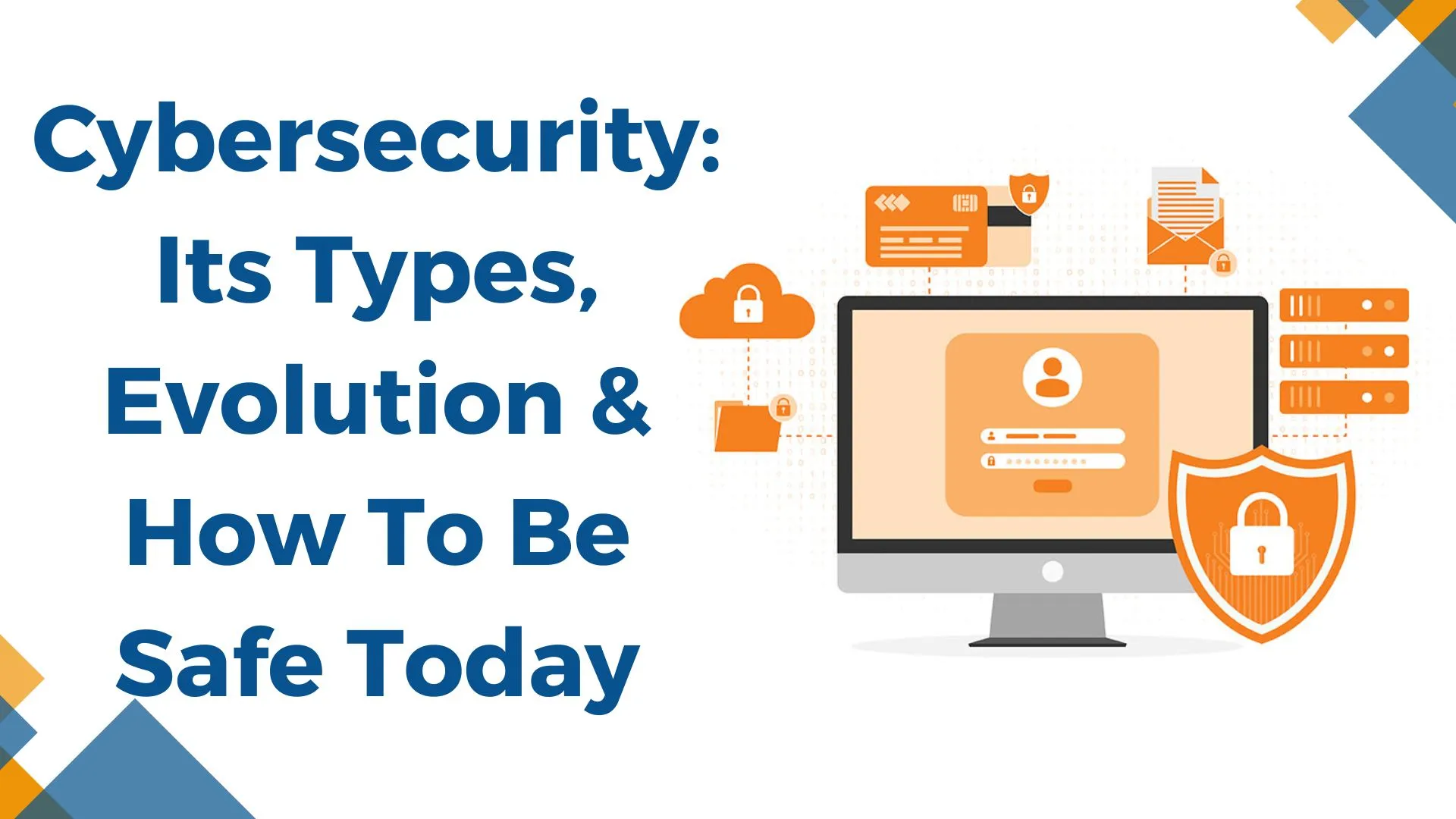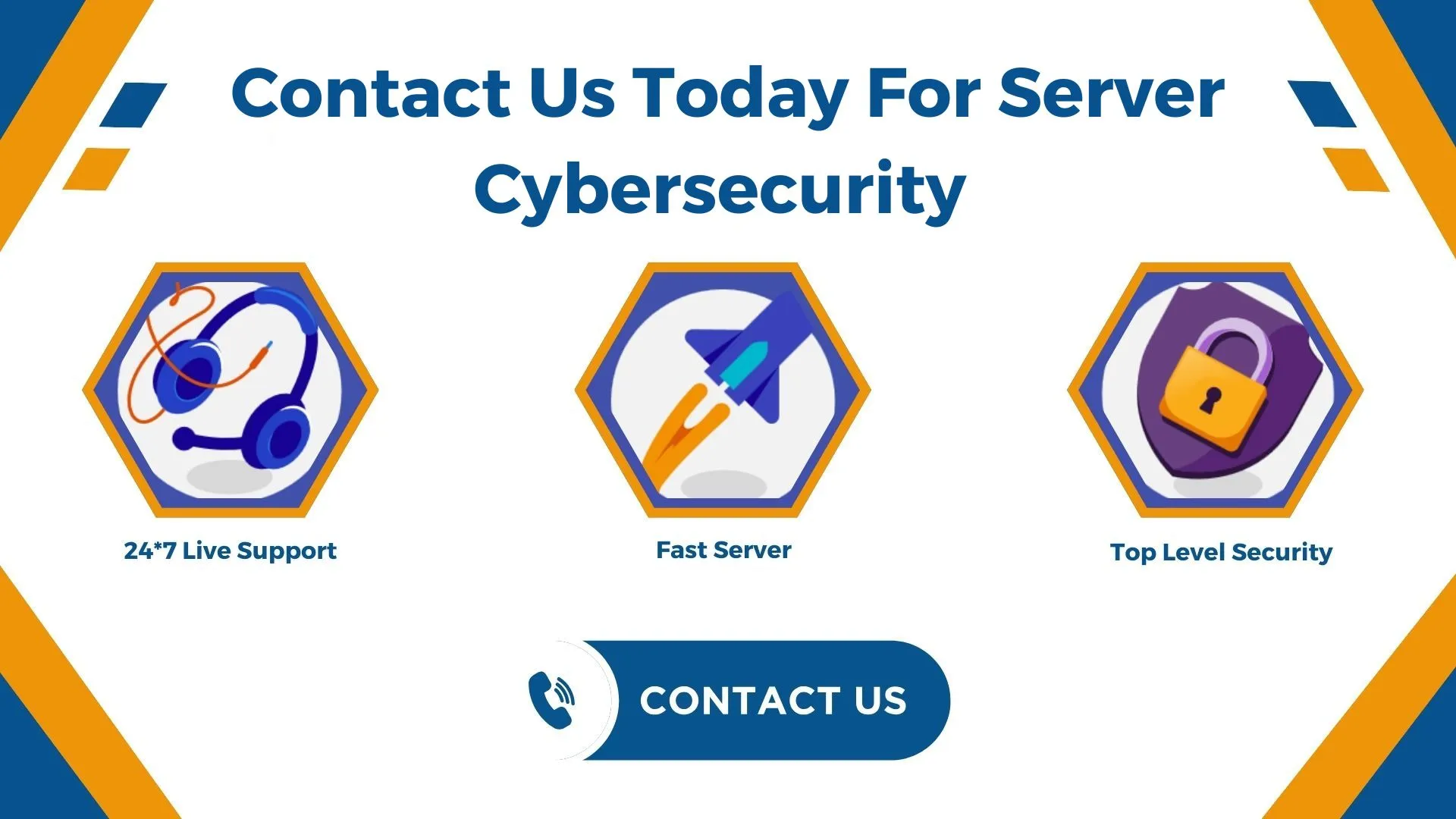The term ‘Cybersecurity’ has become more relevant than ever today. It encompasses the strategies, practices, and technologies employed to protect computers, networks, programs, and data from unauthorized access, damage, or attacks. In simpler terms, the shield guards your digital assets against cyber threats.
Cybersecurity Is it important?
The importance of cybersecurity cannot be overstated, especially when considering the staggering number of cyber incidents reported in recent years. To put this into number, in 2023 alone, there were over 2.2 billion cyber attacks (source). This figure isn’t just a number; it’s a call highlighting the vulnerability of digital systems worldwide today.
Is Your Organization at Risk?
It’s a question that every business leader should ponder. In a general perspective, the answer could be a ‘No’. Regardless of size or sector, businesses are immune to cyber threats.
The digital footprint of a business, which includes everything from customer data to intellectual property, can interest hackers. The risk is even more pronounced as cybercriminals continually evolve their tactics and tools, making traditional security measures less effective with time.

11 Types of Cybersecurity
Today, understanding what various facets of cybersecurity can be is crucial for protecting your business.
Let’s break down them,
Network Security:
Network Security involves protecting your computer networks from intruders, be it sneaky hackers or malicious software. Tools like firewalls, intrusion detection systems, and virtual private networks (VPNs) are the high-tech fences and surveillance systems that keep your digital assets safe.
Read More, 9 Key Benefits of Managed VPS Server Hosting
Application Security:
Application security focuses on keeping software applications secure against digital theft. This starts right from the design stage of the software, ensuring that no vulnerabilities are left open for attackers to exploit.
Information Security:
This is all about safeguarding your company’s data integrity and privacy, both when it’s stored and when it’s traveling across the internet. Encryption, access controls, and data classification are like the secret codes and secure filing systems that keep your information out of the wrong hands.
Operational Security:
Think of this as the internal rules and processes that govern how your company’s data is handled and protected. It includes setting up the right permissions for network access and establishing protocols for data storage and sharing.
Disaster Recovery and Business Continuity:
Disaster recovery ensures business continuity even in a disaster. Having this security at your end can be a contingency plan to ensure that your business can keep running and recover quickly after any cybersecurity incident or major disruption.
End-User Education:
The human element is often the weakest link in cybersecurity. Educating your employees about safe practices & protocols can be the very beginning of your organization getting into the cybersecurity cloud. After all, a well-informed team is your first line of defense against cyber threats.
Cloud Security:
As businesses increasingly rely on cloud hosting services, securing these platforms is paramount. This involves ensuring that data stored in the cloud is protected with robust access controls and encryption and that compliance standards are met.
Mobile Security:
With the enormous use of mobile devices in business today, securing them is also essential. This includes protecting against threats like unauthorized access, malware, and the risks associated with lost or stolen devices.
Read More, Unlocking the Power of AWS: Simplifying Cloud Servers with Managed Hosting
Endpoint Security:
This refers to securing individual devices like computers and smartphones. Having the right antivirus software, and intrusion prevention systems, and ensuring these devices are regularly updated can be an umbrella against this type of cybersecurity measure.
Critical Infrastructure Security:
This involves protecting the essential systems and networks that keep our society and economy running, like power grids and transportation systems. It’s about defending against attacks that could cause widespread disruption.
Internet of Things (IoT) Security:
With more devices getting connected to the internet, from fridges to factory machines, securing these devices is crucial. This includes protecting against vulnerabilities in outdated software and ensuring these devices are not easily exploitable by hackers.
Evolution of Cyberattacks
In recent years, we’ve witnessed a significant increase in various cyber threats, fundamentally changing the security landscape. Among these, ransomware attacks have become particularly notorious.
In these attacks, cybercriminals encrypt the victim’s files, effectively holding them hostage. They then demand a ransom for the decryption key, leaving individuals and organizations in a dire predicament.
Phishing is another prevalent threat that continues to evolve. It involves clever social engineering tactics where attackers deceive individuals into divulging sensitive information.
The effectiveness of phishing lies in its exploitation of human trust. Many internet users find it hard to imagine that someone could so easily deceive them into giving away personal details.
This underestimation of the threat makes even the most cautious individuals susceptible to phishing schemes.
The repercussions of cyber threats on businesses are profound and far-reaching. These attacks not only lead to substantial financial repercussions but also damage a company’s reputation and can have serious legal implications.
An IBM study revealed that in 2020, the average cost of a data breach was a staggering $3.86 million.
Small and medium-sized enterprises are particularly at risk, as highlighted by Forbes. The consequences of cyber attacks for these businesses go well beyond the immediate financial hit. They also face the challenge of repairing their reputation and regaining customer trust, which can be an uphill battle.
Which attacks are more prevalent today?
Today, the cybercrime landscape has a significant rise in deepfake and synthetic identity fraud. Deepfake technology, which creates highly convincing fake videos or audio recordings, has been increasingly used for spreading misinformation or carrying out sophisticated social engineering attacks.
Meanwhile, synthetic identity fraud, which involves concocting false identities by blending real and fabricated information, has also surged.
These types of attacks have been alarmingly successful. Cybercriminals have used deepfake technology to convincingly mimic top executives or political figures, disseminating false information.
The impact of synthetic identity fraud has been equally concerning, with the Federal Bureau of Investigation’s 2022 Internet Crime Report estimating the losses from such frauds to be around $1 billion.
Conclusion
Businesses, governments, and individuals all store vast amounts of data on computers, networks, and cloud server platforms.
A data breach can have far-reaching and severe consequences for any of these entities.
Fortunately, there’s a growing recognition of the critical importance of cybersecurity. This awareness has extended beyond IT departments, capturing the attention of executives who now prioritize it more than ever.
The essential lesson here? Cybersecurity is a multifaceted field, and the most effective defense against attacks involves a comprehensive, multi-layered approach. This strategy should integrate the collective efforts of people, processes, and technology to safeguard information effectively.
 Register
Register

